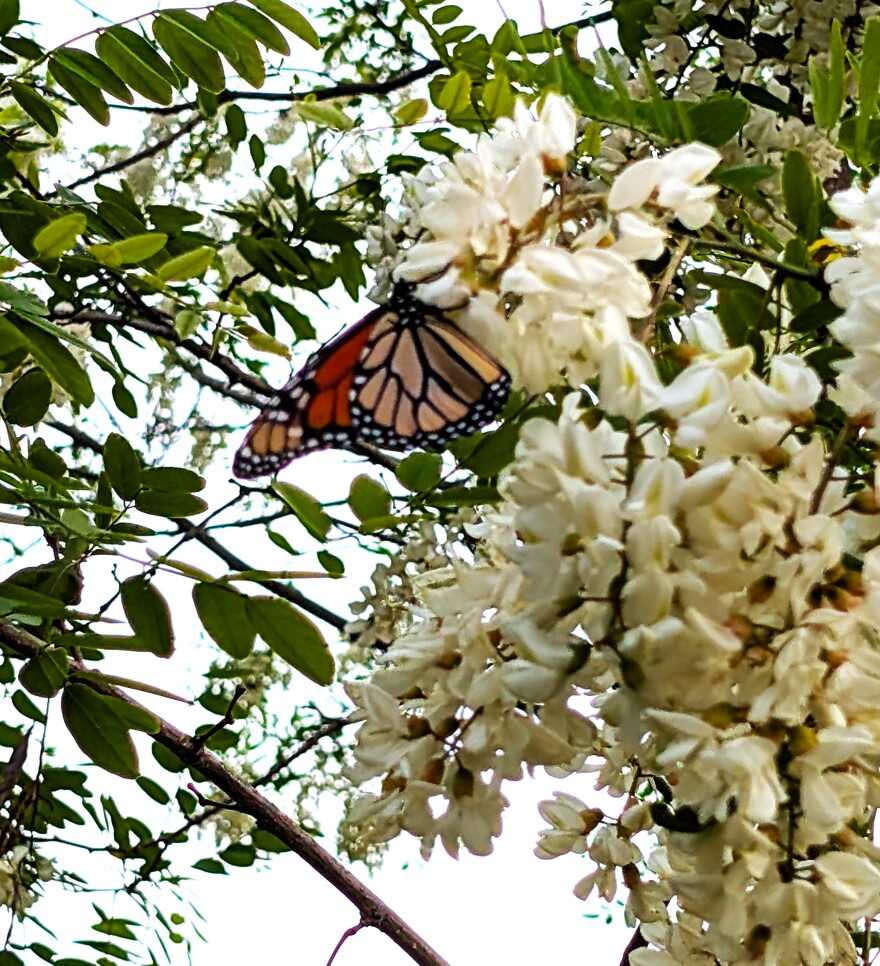Virginia is made up of a wide range of forests, rivers, grasslands and beaches — all home to a vast array of wildlife, seen and unseen.
For the state’s new Wildlife Action Plan, officials looked into all of it.
“Everything from the smallest bugs to the biggest trees,” said Jeff Trollinger, wildlife plan coordinator with the Virginia Department of Wildlife Resources.
Congress required states to conduct these plans to be eligible for federal wildlife grants and funding. Virginia first developed one in 2005 and updates it every 10 years.
The focus is on identifying which of the state’s species are most vulnerable, and how they can be protected.
“The majority of conservation issues Virginians face are not just ‘wildlife issues’ but are, in fact, Virginia issues for which wildlife are an indicator,” state officials wrote in this year’s plan.
Virginia deemed 1,921 species as most in need of conservation. Some are more vulnerable than others, such as federally endangered species, but all are seeing population decline.
The updated list is a more than two-fold increase since 2015, but reflects changes to the types of wildlife included.
Plants were added for the first time, for example, more than 900 of them, including lichen, liverworts, ostrich ferns and mountain yellow violets.
Trollinger said Congress has periodically considered legislation that would tie additional wildlife funding to the inclusion of plants in state planning. “Should that federal legislation ever pass, we wanted to set Virginia up so that we would be able to take advantage of those additional funds.”
The state also included many more invertebrates, such as insects and spiders, and marine animals than in previous years.

Since the last update, seven tribes in Virginia have gained federal recognition, giving them a greater seat at the table for projects including the wildlife plan.
“They're not just another stakeholder. They are a full partner,” Trollinger said. “We wanted to make sure that we included their culturally important species.”
Tribal leaders are concerned about preserving menhaden, shad and box turtles, all of which are listed, Trollinger said.
The department also added a section about working lands and waters, which provide “food or fiber” for people, such as crop fields, vineyards, aquaculture farms and timbered forests.
Humans’ working of these lands necessarily disrupts natural ecosystem processes somewhat, officials wrote. The key is to manage them sustainably so they can benefit people and wildlife.
Pastures can support grassland birds, for example. Bats use bridges as habitat.
“Pristine wildlife areas are not the only places that are important for our species,” Trollinger said.
Many of the listed threats to Virginia’s wildlife center around human activity, such as recreation, agriculture, urban development, energy production and the illegal pet trade.
Data centers are listed as a new and specific threat, based on public feedback, Trollinger said, reflecting the computer warehouses’ unique impacts on water withdrawal, power demand and land development.
Other challenges include invasive species and climate change.
Take the Shenandoah salamander. As temperatures warm, the red-backed salamander is moving up the mountain and out-competing the former, Trollinger said.
Long spells of too much or too little water are also making it hard for species to adapt, he said.
The state outlines 21 recommendations for management actions that would each benefit multiple vulnerable species. That includes improving water quality, restoring wetlands, mitigating impacts from sea level rise, limiting pesticides and restoring natural fire cycles through controlled burns.
The document is meant to help guide leaders as they make decisions, often at the local level, such as where to site energy projects or how to prioritize grant dollars.
“If you can find those habitat areas that support the largest number of species of greatest conservation need, you can focus your resources there and get more return on investment,” Trollinger said.
But he hopes residents and community groups will also use the information to think of smaller ways to help wildlife, such as planting trees and pollinator gardens.
“There's no area too small to do something.”
Trollinger noted several success stories that have grown out of past versions of the plan, such as cleaning up the Elkton landfill on the South Fork of the Shenandoah River and removing dams to reconnect fish with their historic spawning areas.
Virginia’s plan must be approved by the U.S. Fish and Wildlife Service before it’s considered final, likely by the end of January.






